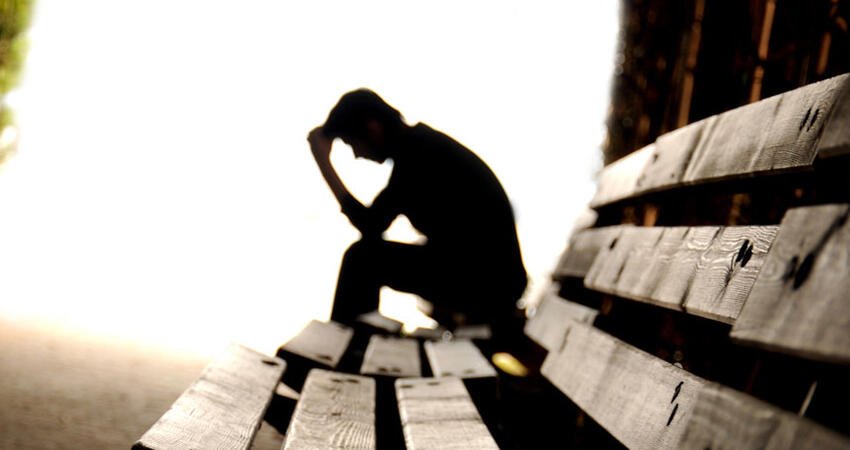
Housing First and Stability for Homeless Youth with Mental Illness
- Title:
- Housing First and Stability for Homeless Youth with Mental Illness
- Author:
-
Nicole Kozloff, Carol E. Adair, Luis I. Palma Lazgare, Daniel Poremski, Amy H. Cheung, Rebeca Sandu, Vicky Stergiopoulos
- Source:
-
Pediatrics
- Publication Date:
-
2016
“‘Housing First’ significantly improved housing stability” among mentally ill homeless youth, according to a study published in Pediatrics. The Housing First approach provides immediate housing and mental health services to youth experiencing homelessness without needing to meet other conditions first. To test whether this model increases housing stability for youth with mental illness, researchers looked at 156 homeless or precariously housed 18- to 24-year-olds with a mental disorder from At Home, a randomized controlled trial of Housing First with over 2,000 homeless people in five Canadian cities. Of this sample, 69 youth received treatment as usual, and 87 youth received Housing First combined with either assertive community treatment if they had high needs or intensive case management if they had moderate needs. The authors followed the treatment and control groups over two years, assessing housing stability every three months and secondary outcomes (e.g., quality of life and community functioning) every six months. A related study of At Home explored differences between homeless youth and adults.
Key findings:
- Homeless youth with mental illness who received Housing First were stably housed for 65 percent of the days studied. Youth in the control group were only stably housed for 31 percent of the days studied.
- At 6, 12, and 24 months, Housing First participants had larger improvements in leisure, a component of quality of life, compared with the control group.
- The authors did not detect differences between youth who received Housing First and treatment as usual in other outcomes, such as other measures of “quality of life, community functioning, psychological distress, problem substance use, health services use, and arrests in homeless youths.”


